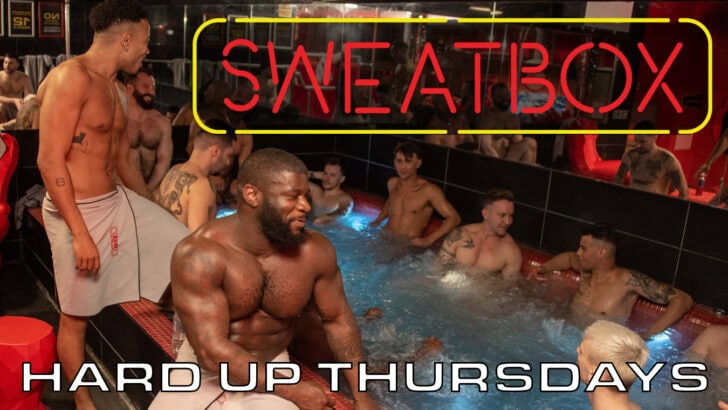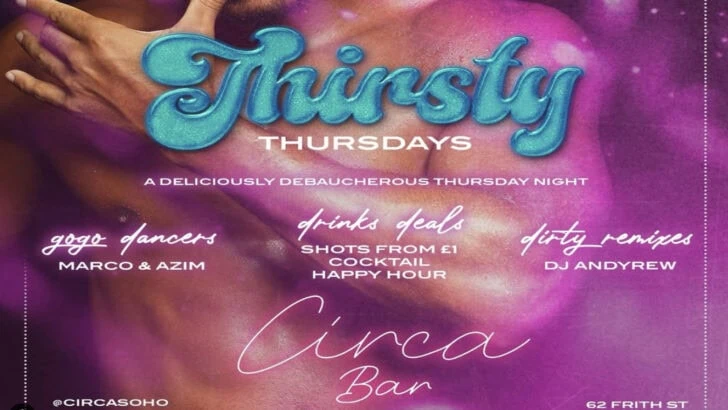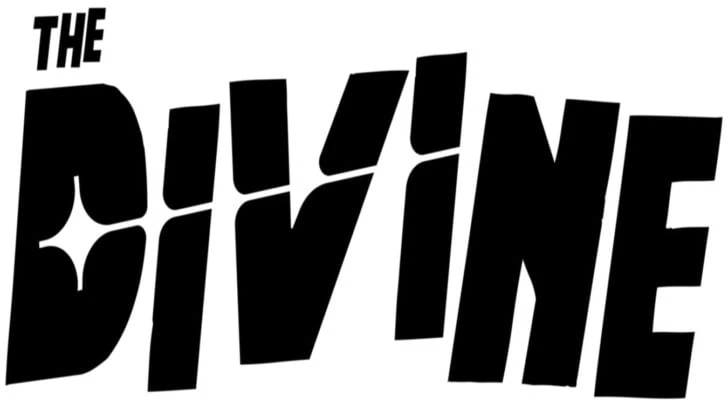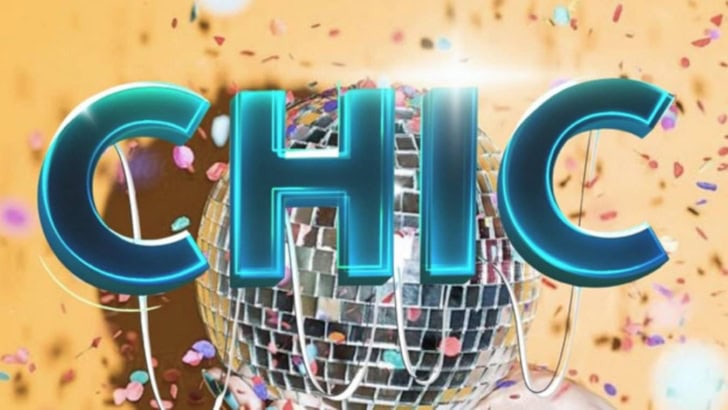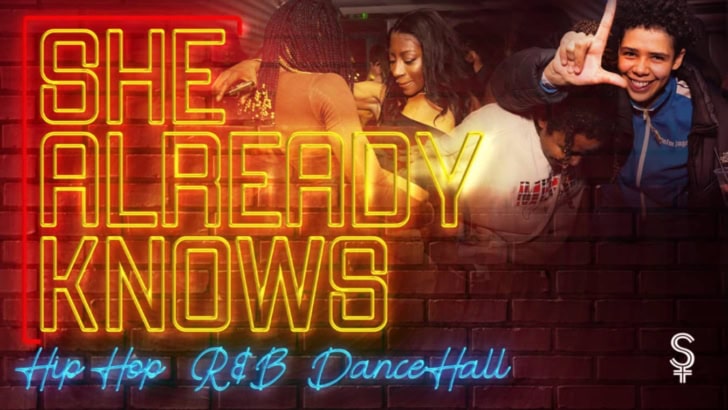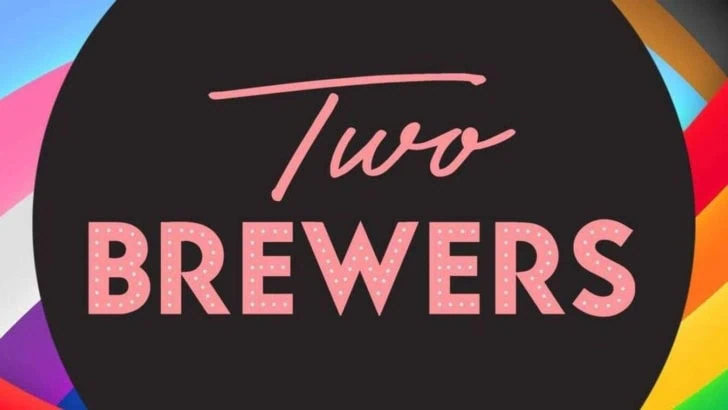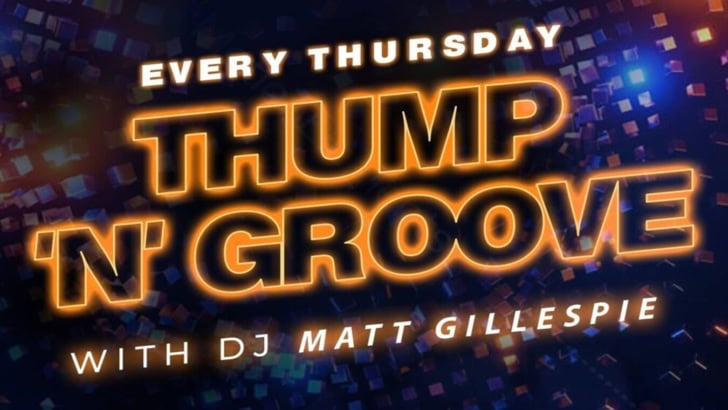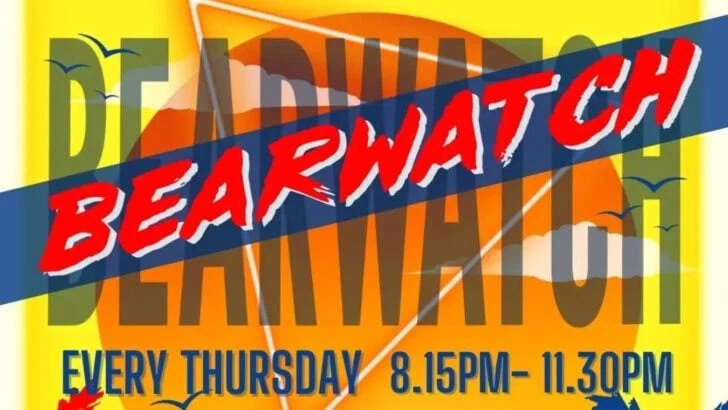Recently there seems to be an increasing trend to blame apps like Grindr for various problems that afflict the gay scene. But are we just trying to blind ourselves to where these problems truly originate?
By Patrick Cash
Some time ago I was asked to read through a submitted article to QX and give a second opinion as to its publication. It was by a man in his thirties outlining how drugs, chill-outs and sex parties slowly took over his life until he lost his job and contracted HIV. The article found its eventual culmination in a line stating: “Now I’d realised the reason for everything that was going wrong in my life: Manhunt.”
It seemed that the writer had managed to identify demons in his own person, but then immediately sought another outlet on which to lay the blame. Let’s be clear, here: in my opinion Manhunt had very little to do with the reason why this man’s life went off the rails. Manhunt was a facilitator, a go-between, a means to an end, but it could not singularly be held accountable as a reason why.
Recently I’ve noticed a similar trend to at least partially lay the blame upon apps like Grindr for the current chemsex problems afflicting some sections of the gay London community. Jon Snow asked the DJ Fat Tony on Channel 4 news whether crystal meth could be accessed through an app, and Tony replies with his anecdote that he was offered chems 147 times over 3 days on Grindr. Whether intentionally or not, this contextually gives an impression that Grindr may be a source of the problem.
“There is a dragon out there purring in some areas of the gay scene. Many of us dance with it at the weekends: it smarts in the sting of mephedrone, in the shot of G, coils in crystal meth and shoots from slamming needles.”
But of course, Grindr and its brother apps are simply bridges. The quick communication they offer may make building a chemsex party or getting access to drugs easier, but the apps are only the sums of their users. It is the same pattern of thinking as attributing drug culture solely to clubs in Vauxhall. From those who stand external to that scene you may understand how the misguided impression has arisen, but when it stems from the beating hearts caught up in the centre of the centrifuge, it seems deliberate tunnel vision.
There is a dragon out there purring in some areas of the gay scene. Many of us dance with it at the weekends: it smarts in the sting of mephedrone, in the shot of G, coils in crystal meth and shoots from slamming needles. But if you dance with the dragon for too long, you are going to get burnt. And the dragon is not Vauxhall, the dragon is not the clubs, it’s not the apps, it’s not even just the drugs. It’s an appetite that lives and feeds inside.
Where does the appetite come from? We as gay men are renowned for being obsessed with our outside appearance, from the clothes we wear or our perfect hair to the phenomenal success of airbrushed photos. Perhaps we lay such importance on the outside veneer that we present to the world, because we’re still not completely happy with what’s inside.
Sexual Health expert and drugs counsellor David Stuart of 56 Dean Street has some very interesting theories on this subject to do with us as gay men’s relationship with sex, shame and intimacy. These issues can be resolved successfully, but it’ll involve an intricate communication of truth and addressing what’s going on inside. The apps are simply sometimes dark mirrors reflecting at a slant what’s going on within areas of the gay community.
Of course, the message of safe sex, of being able to tackle problematic drug use through clinics like CODE, can never be said enough and perhaps this could be incorporated at a wider level into facilitators. But, as a young writer we have here at QX named Anthony Gilét recently said, the time to actually listen to these messages will only come when you yourself feel ready to stop.
• To read the full ‘In Conversation With’ interview with David Stuart, visit: qxmagazine.kinsta.cloud/blog-event/in-conversation-with-david-stuart



